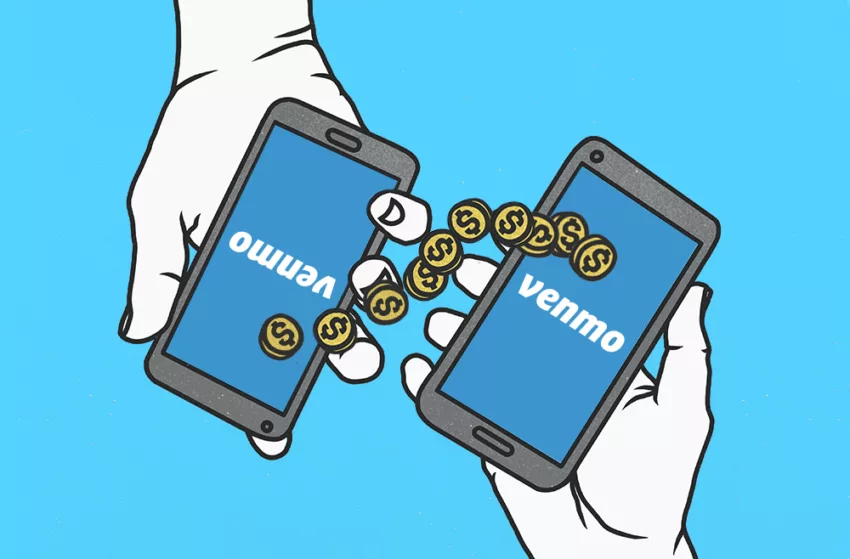Venmo is a popular mobile payment service that allows users to send and receive money with just a few clicks. While many people find it convenient and easy to use, others are concerned about its safety and security. So, the question remains: Is Venmo safe to use?
In short, the answer is yes – Venmo is generally considered safe to use. The company has implemented various security measures to protect its users’ data and prevent fraudulent activity, including encryption, multi-factor authentication, and fraud prevention measures. However, as with any financial transaction, there is always some risk involved, and users need to be aware of potential risks and take steps to mitigate them.
In recent years, Venmo has become an increasingly popular way for people to send and receive money. As with any financial transaction, however, many people wonder whether Venmo is safe to use.
In this article, we will take a closer look at the security measures Venmo has in place to protect its users.
- Venmo’s Encryption and Multi-Factor Authentication
- Venmo’s Fraud Prevention Measures
- Potential Risks with Venmo and How to Mitigate Them
1. Venmo’s Encryption and Multi-Factor Authentication
One of the primary ways Venmo protects its users is through encryption. Encryption is a process that scrambles data so that it can only be read by someone with the key to unlock it. Venmo uses encryption to protect its users’ data, including their financial information. This means that even if someone were to intercept the data, they would not be able to read it.
In addition to encryption, Venmo also uses multi-factor authentication to protect users’ accounts. Multi-factor authentication means that users must provide more than one form of identification to access their account. For example, they may need to enter their password and a code sent to their phone via text message. This makes it much more difficult for hackers to gain access to an account, even if they have obtained the user’s password.
2. Venmo’s Fraud Prevention Measures
Venmo also has strict policies in place to prevent fraudulent activity. For example, it uses a system to detect unusual activity, such as large transactions or transactions to new recipients. If the system detects such activity, it may flag the transaction for further review. Venmo also offers fraud protection for users who report unauthorized transactions. If a user reports a transaction as unauthorized, Venmo will investigate the matter and, if appropriate, refund the money.
Venmo has also implemented measures to prevent “account takeover” fraud, where a hacker gains access to a user’s account and uses it to transfer money. Venmo’s measures include SMS notifications for every transaction, allowing users to detect any unauthorized activity immediately. Venmo also provides users with the option to set up a PIN or biometric authentication, such as Touch ID or Face ID, to further protect their account.
3. Potential Risks with Venmo and How to Mitigate Them
While Venmo has robust security measures in place, there are still potential risks associated with using the app. Two of the primary risks are social engineering attacks and sending money to the wrong person.
Social engineering is when someone manipulates a user into revealing their personal information, such as their password or account details. For example, a hacker may send a user an email or text message pretending to be Venmo, asking them to click on a link and enter their account details.
To prevent social engineering attacks, Venmo encourages users to be vigilant and report any suspicious activity. It also offers tips on how to avoid such attacks, such as never clicking on links in unsolicited emails or texts.
Sending money to the wrong person is another potential risk with Venmo. This can happen if the user enters the wrong username or accidentally sends the money to someone with a similar username.
To prevent this, Venmo allows users to verify their recipient’s identity by displaying their profile picture and full name before the transaction is completed. Users can also add notes to transactions to help ensure that the money is going to the right person.
Conclusion:
Based on the security measures and fraud prevention measures that Venmo has in place, it is generally considered safe to use. The company uses encryption and multi-factor authentication to protect users’ data, and has measures in place to detect and prevent fraudulent activity.
However, as with any financial transaction, there is always some risk involved, and users should be aware of potential risks and take steps to mitigate them.
- What Synthetic Media Is and How It’s Transforming Digital Content? - November 4, 2025
- What is a Personal Digital Assistant? - September 6, 2025
- What is a Digital Audio Workstation? - September 3, 2025

